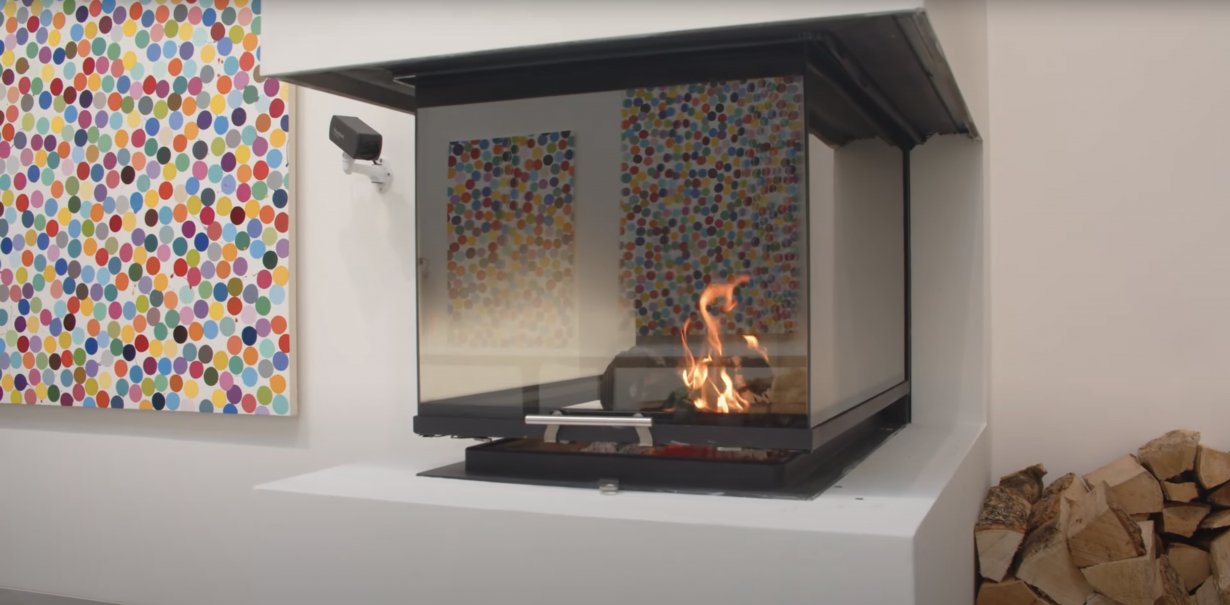
Around 1,000 paintings by Damien Hirst were dated years before they were actually painted, a Guardian report reveals.
Hirst’s project The Currency, described as a challenge to ‘the concept of value through money and art’, consisted of 10,000 paintings of colourful hand-painted dots on A4 paper. The artist’s signature was inscribed on each work beside the date 2016.
When they were sold by Heni, Hirst’s business manager, in 2021 for around $18m in total, either as physical purchases or as NFTs, the works were said to have been ‘created by hand in 2016’. But sources including artists working on The Currency told the Guardian that many of them were mass-produced in 2018 and 2019.
‘Their accounts suggest at least 1,000 – and possibly several thousand – paintings in The Currency series were made during the two-year period’, the Guardian reports. ‘They were produced by dozens of painters hired at Hirst’s company Science Ltd at two studios, in Gloucestershire and London, in what one source described as a “Henry Ford production line”.’
It is widely understood that dates for artworks refer to their completion, not conception. As a general principle, the age of a work can have a significant bearing on its price.
Responding to the Guardian, lawyers for Hirst and Science denied the YBA artist had been deliberately misleading. They argue that it is his ‘usual practice’ to date physical works in a conceptual art project with the date of the project’s conception.
Hirst faced similar criticism in March this year after reports that three of his famous formaldehyde sculptures of pickled animals, dated by his company to the 1990s, were in fact produced in 2017. At that time, Hirst’s lawyers said: “Artists are perfectly entitled to be (and often are) inconsistent in their dating of works.”
The works themselves in The Currency have tight anti-counterfeiting measures ‘that safeguard the authenticity, both of the physical artwork and the digital NFT’, the Heni website says. ‘Hirst has always embraced new technologies in order to enrich his work.’